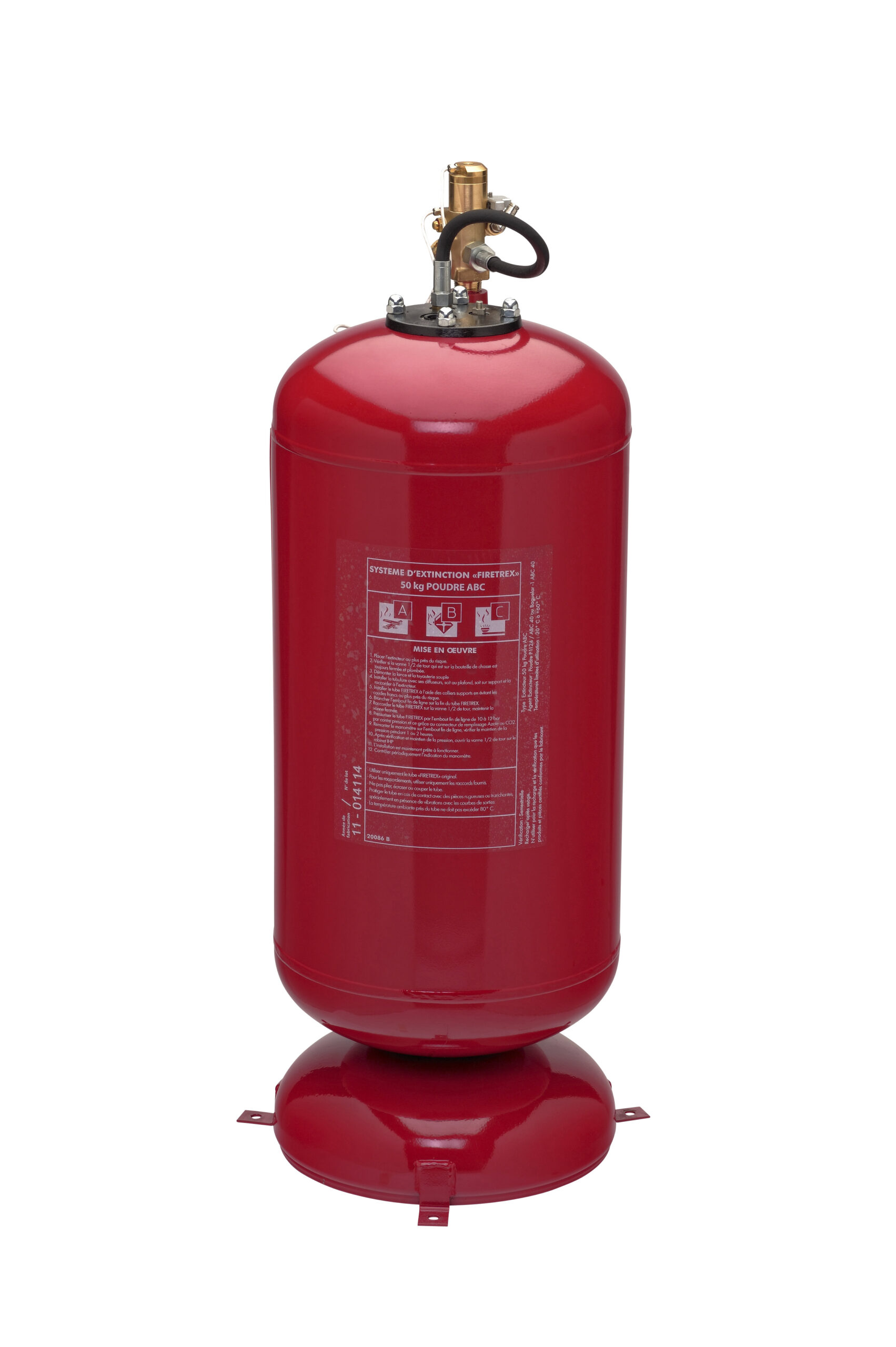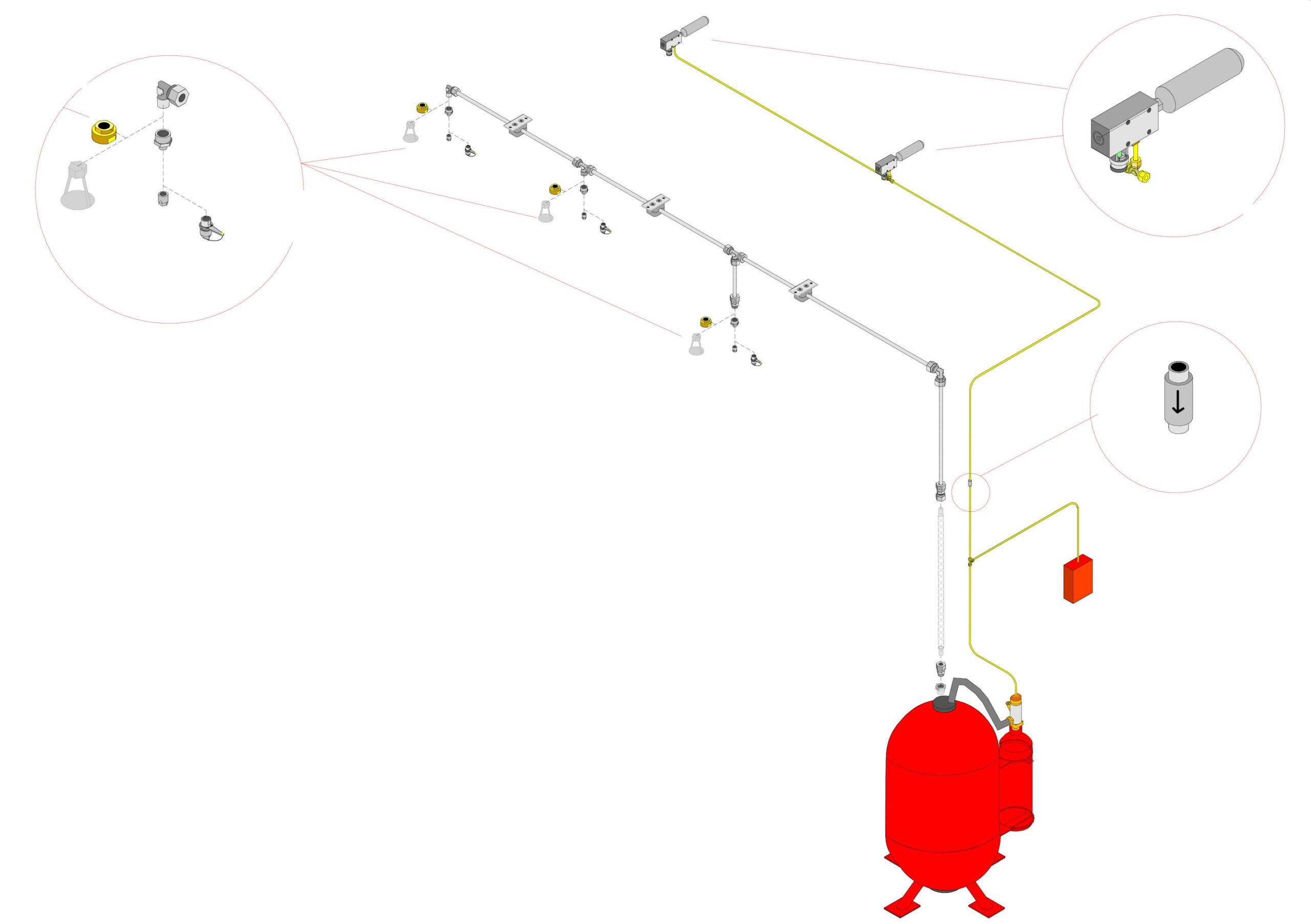SPRINKLER SYSTEM
Les systèmes d’extinction automatique sont des systèmes autonomes destinés à détecter et éteindre un début d’incendie, ils fonctionnent par définition sans aucune intervention humaine. Le rôle d’une installation d’extinction automatique est de :
Détecter
Donner l'alarme
Éteindre ou maîtriser un début d'incendie
You need personalized support
Our teams are at your disposal to answer any questions you may have.
or
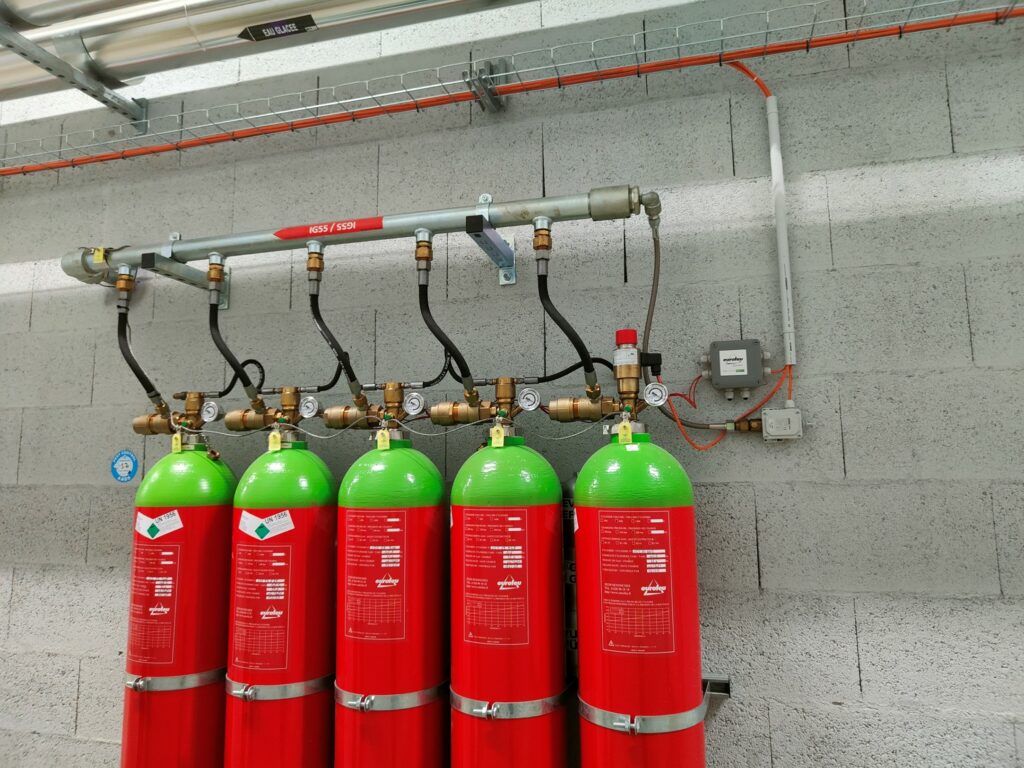
This equipment is applied according to the nature of the fire hazard, and the configuration of the establishment. The fields of application are varied, with more or less elaborate systems using extinguishing agents and technologies.
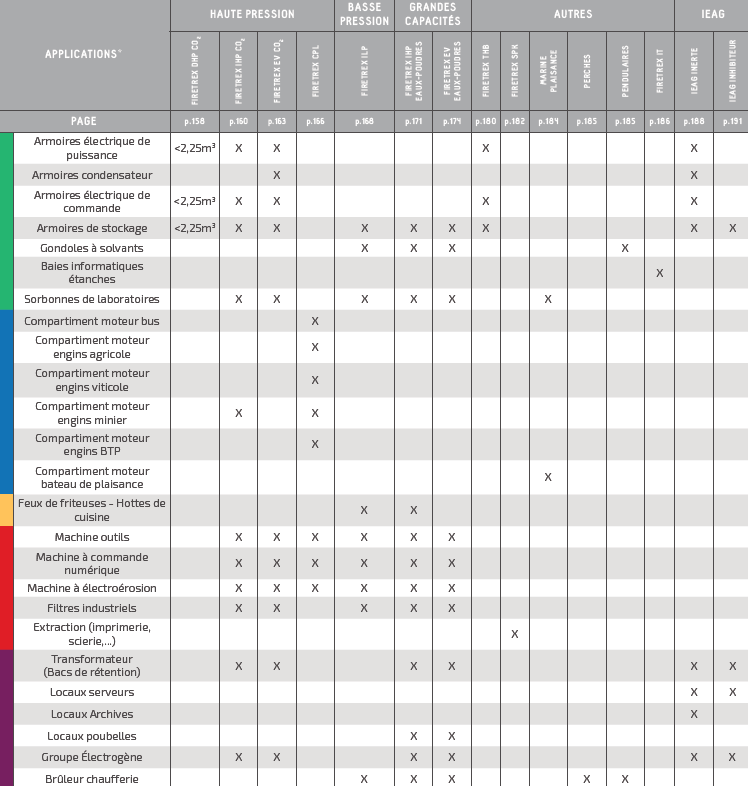
The choice of extinguishing agent depends on the risk to be protected, and there are also other automatic fire protection technologies using other agents such as water mist, powder, foam, aerosol, permanent oxygen reduction, etc.
The design of an automatic gas extinguishing system (IEAG) is defined by APSAD installation rule R13, and can be covered by APSAD service certification.
Our sprinkler systems

FIRETREX direct and FIRETREX indirect systems
The FIRETREX© system is a simple technology combining detection and automatic extinguishing of incipient fires. It requires no external energy for operation, and is 100% autonomous.
The direct system
FIRETREX© direct high-pressure consists of a flexible, multi-layer polymer tube and a CO2 reservoir.
When temperature rises or a flame breaks out, the tube bursts and releases the extinguishing agent at the source of the fire. In just a few seconds, the fire is under control.
The indirect high-pressure system
The FIRETREX indirect high-pressure system consists of a flexible multi-layer polymer tube, a CO2 extinguishing agent reservoir and an extinguishing pipe system.
When the temperature rises or a flame appears, the tube bursts and activates the indirect valve, which channels the extinguishing agent to a diffusion manifold. In just a few seconds, the fire is under control.
It can also use a large-capacity tank of extinguishing agent (water or powder) combined with a CO2 flush tank, or an electric trigger controlled by an extinguishing control unit. (FIRETREX EV version)
The indirect low-pressure system
FIRETREX© Indirect low-pressure consists of a flexible, multi-layer polymer tube, a reservoir ofextinguishing agent (water or powder) and an extinguishing pipe system.
- Under the effect of a rise in temperature or the appearance of a flame, the tube bursts and activates the indirect valve, which channels the extinguishing agent to a diffusion manifold. In just a few seconds, the fire is under control.
Application locations
electric
tools
Automatic gas extinguishing systems (IEAG)
An automatic gas extinguishing system is a fixed system that detects the outbreak of a fire and extinguishes it with neutral or inhibiting gases within a short time. Gas diffusion enables extinguishing by smothering, by reducing oxygen levels (inert gas), or by chemical reaction (inhibiting gas). The advantage of this method is that it leaves no residues or deposits after operation. The automatic gas extinguishing system combines two systems in its operation: a Control and Signalling Equipment (CSE). Electrical Control and Timing Device (ECTD).
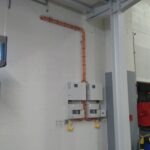
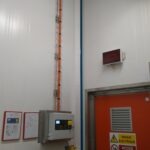
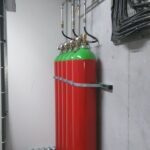
3 main objectives:
- Extinguish fire quickly after detection.
- Keep the extinguishing agent in place for a sufficiently long time, preventing the risk of reignition/propagation.
- Enable business to continue or resume on the premises.
The extinguishing agents used in APSAD R13 are carbon dioxide (CO2), inert gases IG55 (nitrogen/argon mixture), IG01 (argon), IG100 (nitrogen) and IG541 (nitrogen/argon/CO2 mixture) and inhibitor gases (FM200, HFC 227ea, HFC 23 and FK 5-1-12).
If automatic gas extinguishing is appropriate, a risk analysis will determine the type of gas to be used.
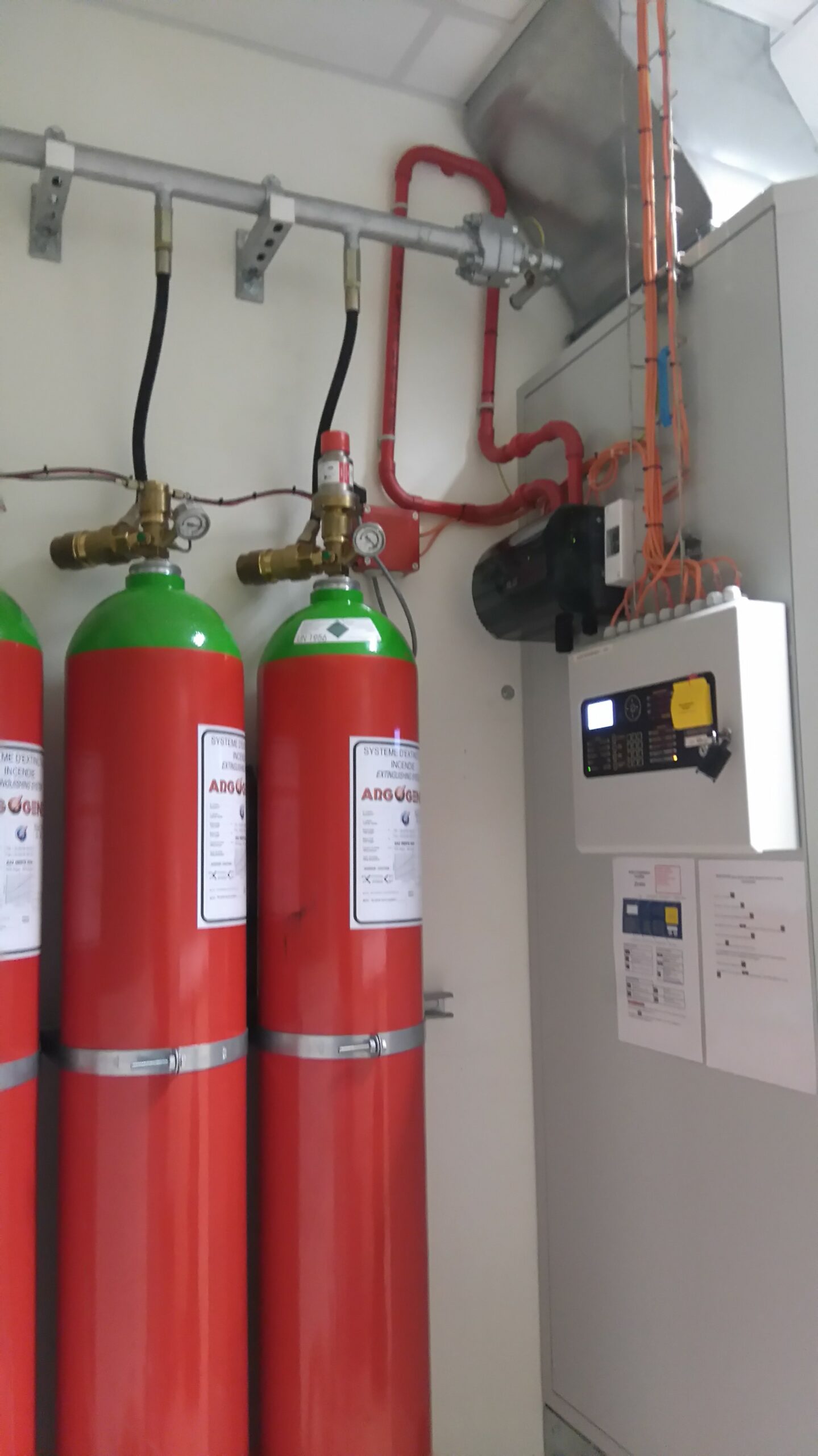
IEAG plant certifications

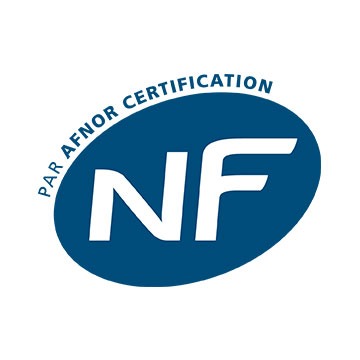
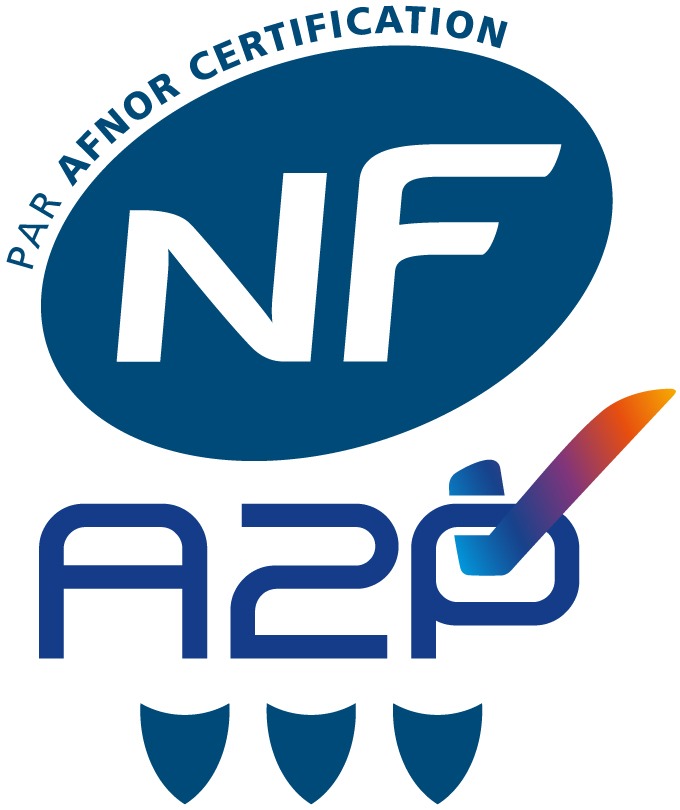
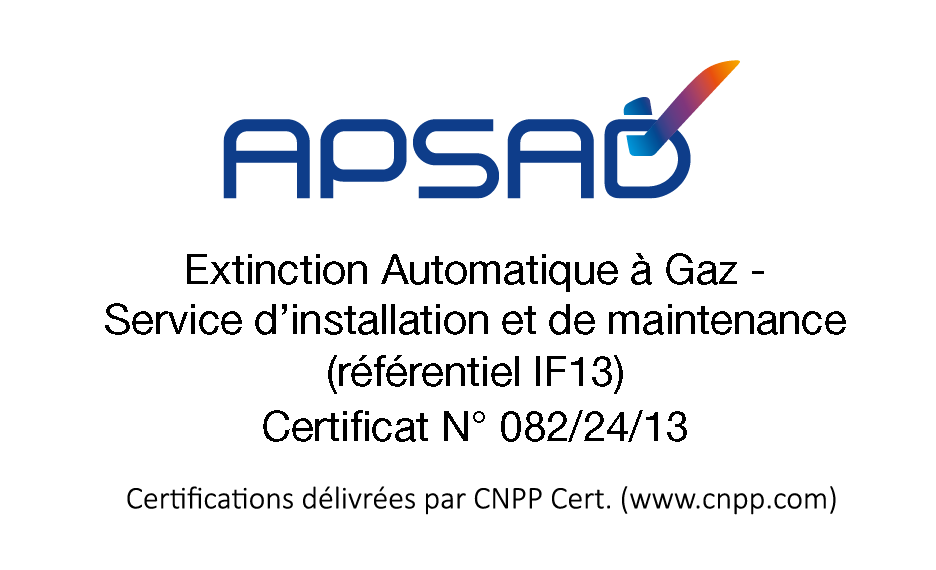
Where to install an automatic gas extinguisher?
Gas sprinkler systems are recommended for the protection of certain premises, particularly those containing expensive equipment, or where water cannot be used (e.g. computer server rooms).
Application locations
electrical
painting workshop
Any questions?
What are the different sprinkler systems?
Detect = Start of fire (effect of heat)
Mastering = Performing an energy shutdown
Prevent = Automatically dispatch personnel
Extinguish = Fire without human intervention
What extinguishing agents are you familiar with?
Firetrex
Firetrex MP
What are the automatic switch-off modes?
Water
Gas
Powder
Novec
Need help?
Contact our teams for a precise diagnosis.
Regulatory context
Article PS 43
Created by Arrêté du 9 mai 2006 (V)
Emergency equipment
In addition to article PS 29, § 1. a) portable fire extinguishers are distributed at a rate of one for every four vehicles.
In addition to article PS 29, § 2, the facility is equipped with a sprinkler system, except in the case of a widely-ventilated parking lot.
Article GC 8
Extinguishing systems
Large kitchens, reheating areas and cooking islands must be equipped with extinguishing systems appropriate to the risks involved.
In large open kitchens and cooking islands, automatic extinguishing devices adapted to oil fires must be installed in line with open fryers.
Article 20
In boiler rooms using solid or liquid fuels, a sand deposit of at least 0.10 cubic meters and a shovel must be kept in an easily accessible place in the immediate vicinity of the door, along with portable fire extinguishers for at least class 34 B 1 or B 2 fires, the number of which is determined at the rate of two per burner, with a maximum of four required.
For gas-fired boiler rooms, these resources are limited to a multi-purpose powder extinguisher of minimum class 5 A - 34 B, accompanied by a sign stating "Do not use on gas flames".
Sprinklers are permitted. However, in gas-fired boiler rooms, they must be triggered when the gas supply is cut off.



